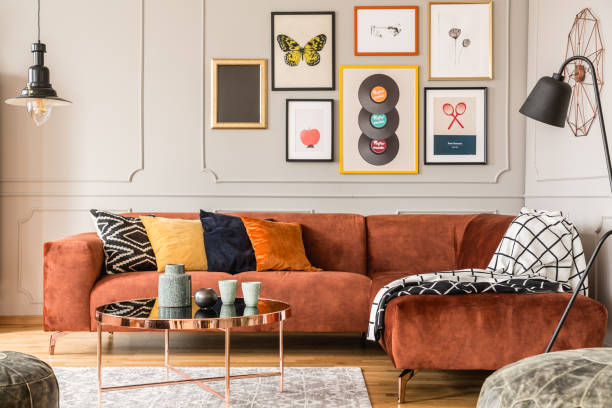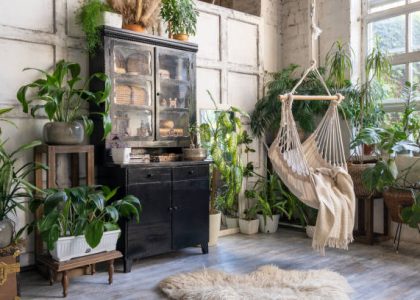Art has the remarkable ability to transform spaces, infusing them with personality, depth, and beauty. From paintings that evoke emotion to sculptures that command attention, incorporating art into your living space can elevate it into a masterpiece. Whether you’re a seasoned collector or just beginning to explore the world of art, understanding how to integrate it harmoniously into your environment is key to creating a truly captivating home. In this article, we’ll delve into the importance of art in interior design and explore practical tips for incorporating it into your living space.
The Power of Art in Interior Design
Art serves as a bridge between the inhabitants of a space and the environment they inhabit. It has the power to evoke feelings, provoke thought, and stimulate conversation. When thoughtfully curated and strategically placed, art can transform an ordinary room into a captivating sanctuary that reflects the tastes and personality of its occupants.
One of the most significant benefits of incorporating art into interior design is its ability to add visual interest and focal points to a room. A well-chosen piece of art can serve as the centerpiece of a space, drawing the eye and anchoring the room’s design. Whether it’s a bold abstract painting, a striking sculpture, or a carefully curated gallery wall, art has the power to command attention and set the tone for the entire room.
Furthermore, art has the unique ability to imbue a space with a sense of narrative and history. Each piece tells a story, whether it’s the story of the artist who created it, the inspiration behind it, or the emotions it evokes in the viewer. By incorporating art into your living space, you can create a rich tapestry of stories and experiences that make your home truly unique and meaningful.
Practical Tips for Incorporating Art into Your Living Space
- Start with a focal point: When incorporating art into your living space, begin by selecting a focal point for the room. This could be a single statement piece, such as a large painting or sculpture, that sets the tone for the entire space. Place the focal point in a prominent position, such as above a fireplace or sofa, to draw attention and anchor the room’s design.
- Consider scale and proportion: When choosing art for your living space, consider the scale and proportion of the room. A small piece of art may get lost in a large room, while an oversized piece may overwhelm a smaller space. Aim to strike a balance between the size of the art and the scale of the room to create a harmonious composition.
- Mix and match styles: Don’t be afraid to mix and match different styles of art to create visual interest and depth. Pair contemporary pieces with traditional artwork, or juxtapose abstract paintings with figurative sculptures. Experimenting with contrasting styles can add dynamism and personality to your living space.
- Create a gallery wall: Gallery walls are a versatile and stylish way to display multiple pieces of art in one cohesive arrangement. Mix and match frames, sizes, and styles to create a visually stimulating composition that reflects your taste and style. Consider using a variety of mediums, such as paintings, photographs, and prints, to add texture and dimension to the wall.
- Use art to define zones: In open-concept living spaces, art can be used to describe different zones and areas within the room. Hang a series of paintings to delineate a dining area, or place a sculpture on a console table to mark the entrance to a sitting area. By using art to create visual boundaries, you can add structure and cohesion to the space.
- Consider the lighting: Proper lighting is essential for showcasing art and creating ambiance in your living space. Consider installing adjustable track lighting or picture lights to illuminate your artwork and draw attention to its details. Natural light can also enhance the beauty of art, so position your pieces near windows or skylights to take advantage of sunlight during the day.
- Personalize with meaningful art: Infuse your living space with personality and meaning by incorporating art that holds special significance to you. Whether it’s a painting by a favorite artist, a photograph of a cherished memory, or a sculpture that speaks to your passions, choose pieces that resonate with you on a personal level. Surrounding yourself with art that holds meaning and significance can enrich your daily life and create a deeper connection to your living space.
Art has the power to transform living spaces, infusing them with personality, depth, and beauty. By incorporating art into your interior design, you can create a truly captivating home that reflects your tastes, personality, and values. Whether you prefer bold abstract paintings, elegant sculptures, or eclectic gallery walls, there are endless possibilities for infusing your living space with artistry and creativity. So don’t be afraid to experiment, explore, and let your imagination soar as you sculpt your living space into a masterpiece of art in harmony.





